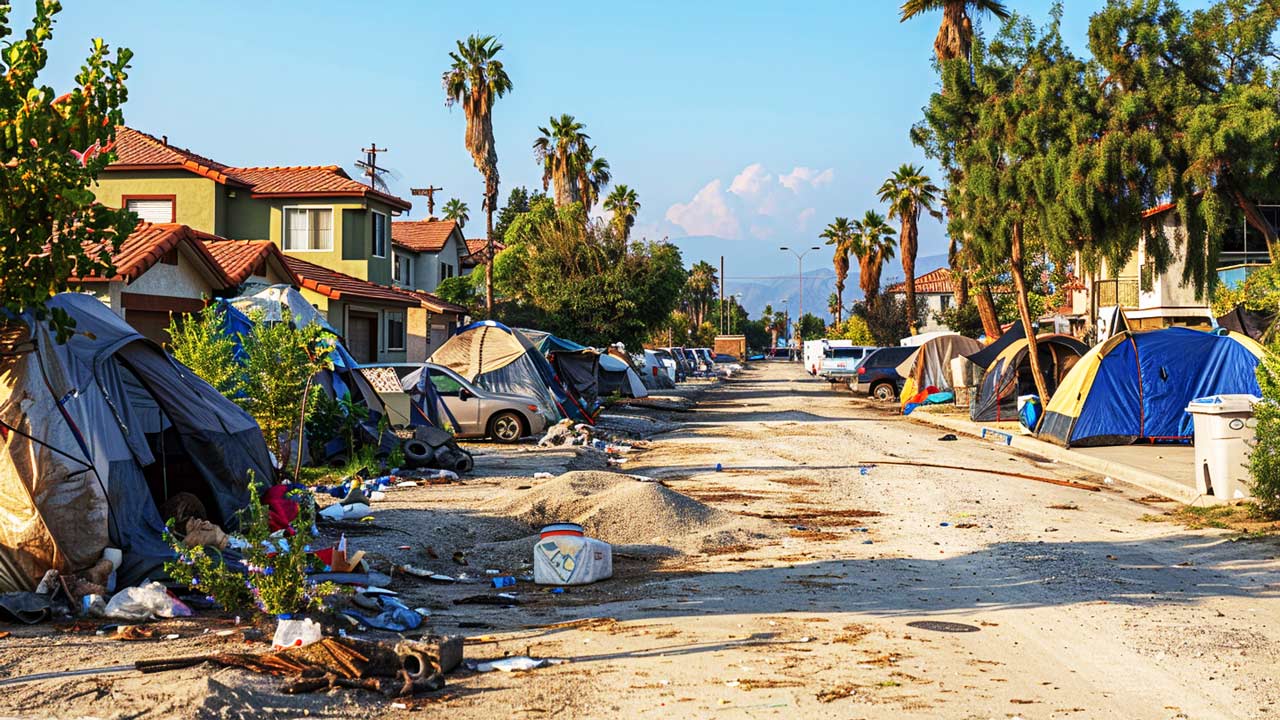What About the Coronavirus?
The Coronavirus has officially reached the “pandemic” status. It’s a scary word that means the coronavirus has crossed international boundaries. So, what does this mean for the markets?
There have been reported cases in over 20 countries. Additionally, there are multiple cases of the virus spreading within newly infected countries between people who have neither recently traveled to China, nor who has been in contact with anyone who recently traveled to China.
There are now 24,324 reported cases of infected people in China alone with 490 deaths. Foreign offices have either warned or completely pulled their own country officials out of China.
There are two popular interpretations of the data coming in.
The first is that everything is fine. It’s the attitude of “nothing to see here folks…. move along”.
Many embracing this school of thought say the common flu is worse than the coronavirus. Everything is peachy, they say, and chemists around the world are working on a solution in the form of a vaccine. America and China are working together to help solve the problem of the coronavirus. In the end, it won’t turn out to be all the significant.
The second interpretation is a bit more alarming. Some say that the data surrounding infection and death rates are either false or misleading. These folks say the numbers coming out of China don’t add up. They point out that the reported infected to death ratio is disproportionate or inconsistent, to say the least.
Guangdong has reported 895 infections and 0 deaths. Zhejiang has reported 895 infections and 0 deaths. Hunan has reported 661 infections and 0 deaths. Henan has reported 764 infections and 2 deaths. Meanwhile, Hong Kong has reported only 21 infections and already 1 death. Again, to many analysts, these numbers don’t make sense. Out of the 21 people infected in Hong Kong, one person is already dead, while in Zhejiang 895 people are reportedly infected and no casualties? Some people go so far as to say that the person reporting out of China is using a predetermined formula to determine the infected to death ratio they should use, therefore not accurately reporting the number of casualties to infected.
While the coronavirus isn’t good news by any stretch of the imagination, we still believe it’s too early to determine the depth of the potential negative ramifications. As Peter Schiff has been saying, the media conveniently uses the coronavirus as an excuse for any market pullback.
It is the excuse that investors are using to sell the market. But if it wasn’t the coronavirus, they would have found another excuse.”
The markets did take a big hit around the end of January; again Peter does not think this had anything to do with this new virus. He thinks it has a lot more to do with a “buy the rumor, sell the fact” phenomenon in the aftermath of the Phase 1 trade deal.
I think 2020 could be a bad year for the stock market, but it’s not likely going to be because of coronavirus. Granted, it’s obviously too early to tell if there will be any type of meaningful impact on global trade, GDP, or the market, as a result of this virus. But I don’t think the virus is having a significant effect on the US stock market now. It’s down slightly but it’s hard to say why. I think if you try to attribute that to this virus it’s just guessing.
Nevertheless, the Coronavirus is not a run of the mill event, given how contagious it is and how long the incubation period lasts. All is not as calm as the media would have you believe. But at the same time, we don’t think it is time to relocate to the underground bunker. As with most things, the reality is located somewhere between these two interpretations.





 California’s government bet that they knew better than the free market. And now millions are paying the price. The story begins in 1919, when the city of Berkley, California instituted legislation setting aside districts that would only allow the construction of single-family housing. The idea spread, and soon much of California’s urban areas had adopted the zoning policy. Today, approximately 40% of the total land in Los Angeles is […]
California’s government bet that they knew better than the free market. And now millions are paying the price. The story begins in 1919, when the city of Berkley, California instituted legislation setting aside districts that would only allow the construction of single-family housing. The idea spread, and soon much of California’s urban areas had adopted the zoning policy. Today, approximately 40% of the total land in Los Angeles is […] The yen was once known as a safe-haven currency for investors to protect themselves when broader markets are shaky or other currencies are dropping, but those days are numbered. A stable government and consistent (and low) interest rates have been some of the driving factors, but it’s the unwinding of that ultra-low interest rate policy that will be the yen’s “safe […]
The yen was once known as a safe-haven currency for investors to protect themselves when broader markets are shaky or other currencies are dropping, but those days are numbered. A stable government and consistent (and low) interest rates have been some of the driving factors, but it’s the unwinding of that ultra-low interest rate policy that will be the yen’s “safe […] Whenever an election year rolls around, domestic manufacturing becomes a more central theme of discussion. Candidates from both sides, who seem to disagree on almost everything else, never waver in their commitment to auto manufacturers in Detroit and the steel industry. Republicans and Democrats never forget to remind the American public that they will try […]
Whenever an election year rolls around, domestic manufacturing becomes a more central theme of discussion. Candidates from both sides, who seem to disagree on almost everything else, never waver in their commitment to auto manufacturers in Detroit and the steel industry. Republicans and Democrats never forget to remind the American public that they will try […] The wizards at the Fed and US Treasury have been forced to acknowledge that their “transitory,” inflation is, in fact, quite “sticky.” And with the inflation elephant now acknowledged by the circus of high finance, Treasury yields keep inching up, recently reaching 4.7% — the highest since November. The Fed is stuck: It needs to raise interest rates to tame inflation and […]
The wizards at the Fed and US Treasury have been forced to acknowledge that their “transitory,” inflation is, in fact, quite “sticky.” And with the inflation elephant now acknowledged by the circus of high finance, Treasury yields keep inching up, recently reaching 4.7% — the highest since November. The Fed is stuck: It needs to raise interest rates to tame inflation and […] The solution to a problem shouldn’t make the problem worse. But apparently, California’s policy makers missed that memo. On April 1st, the state instituted a $20 minimum wage for fast food workers, the highest in the US. With California’s absurdly high cost of living, the policy appeared to make life more manageable for low-income residents. Unfortunately, as the adage goes, “If it sounds too […]
The solution to a problem shouldn’t make the problem worse. But apparently, California’s policy makers missed that memo. On April 1st, the state instituted a $20 minimum wage for fast food workers, the highest in the US. With California’s absurdly high cost of living, the policy appeared to make life more manageable for low-income residents. Unfortunately, as the adage goes, “If it sounds too […]